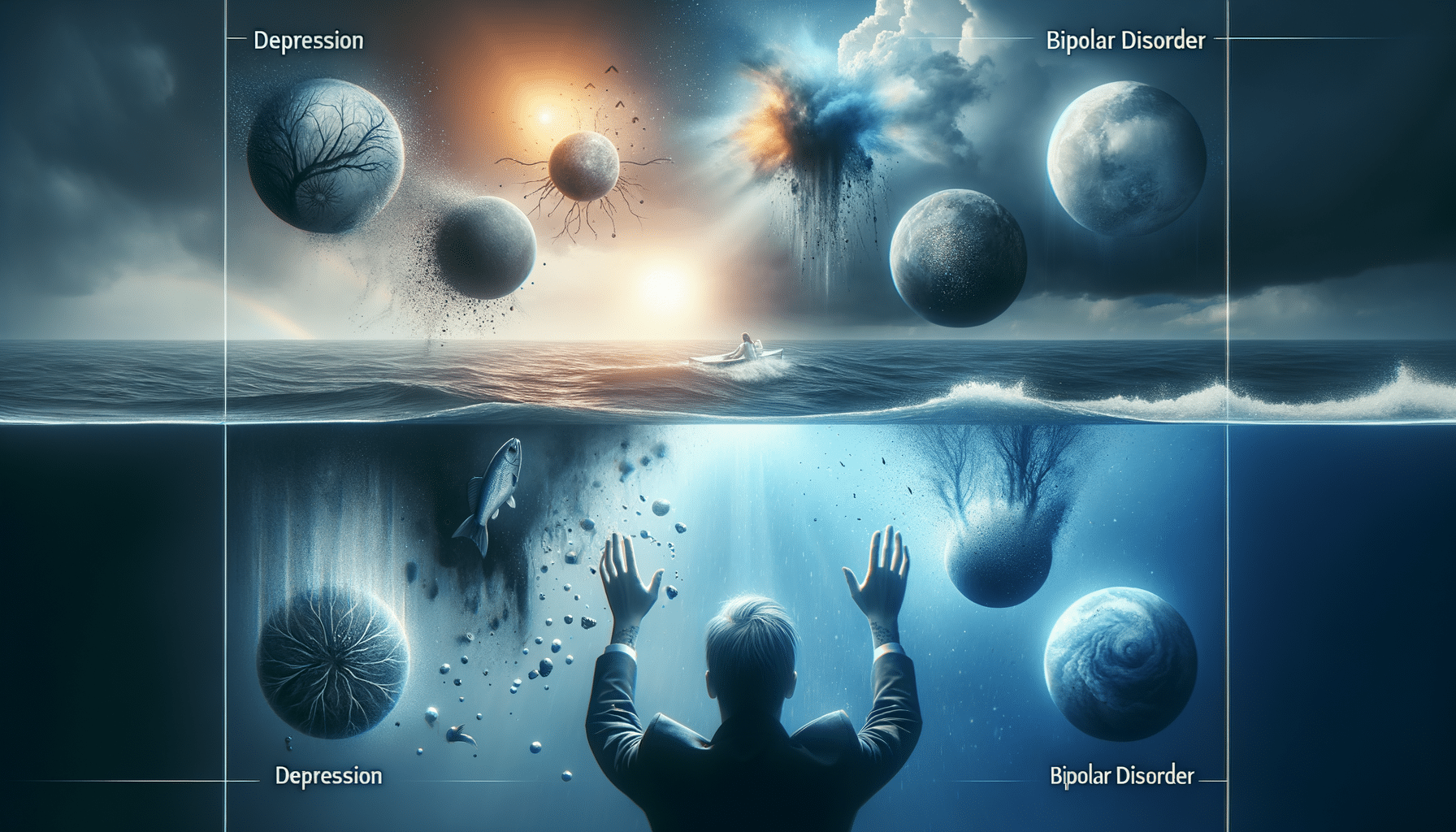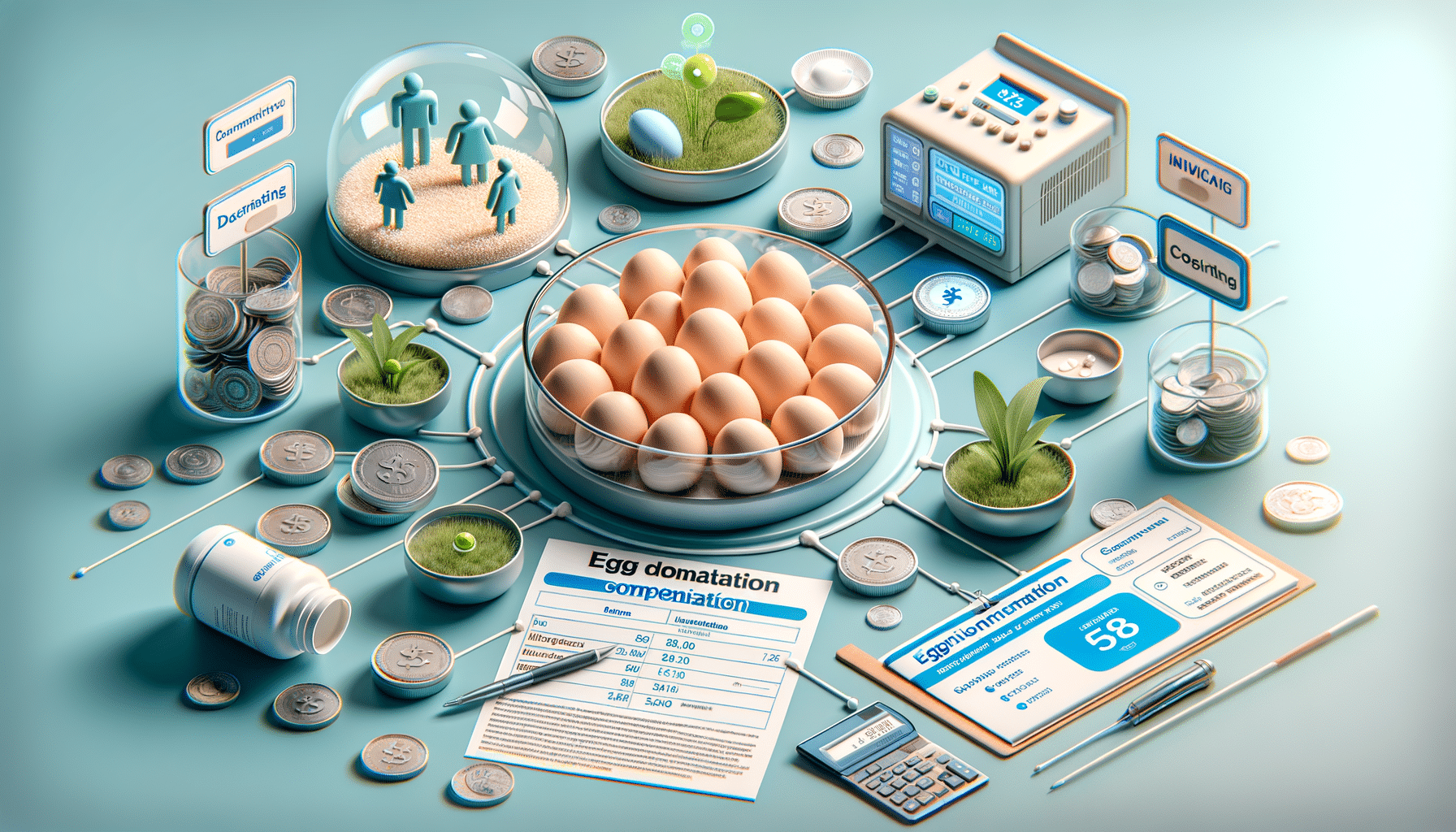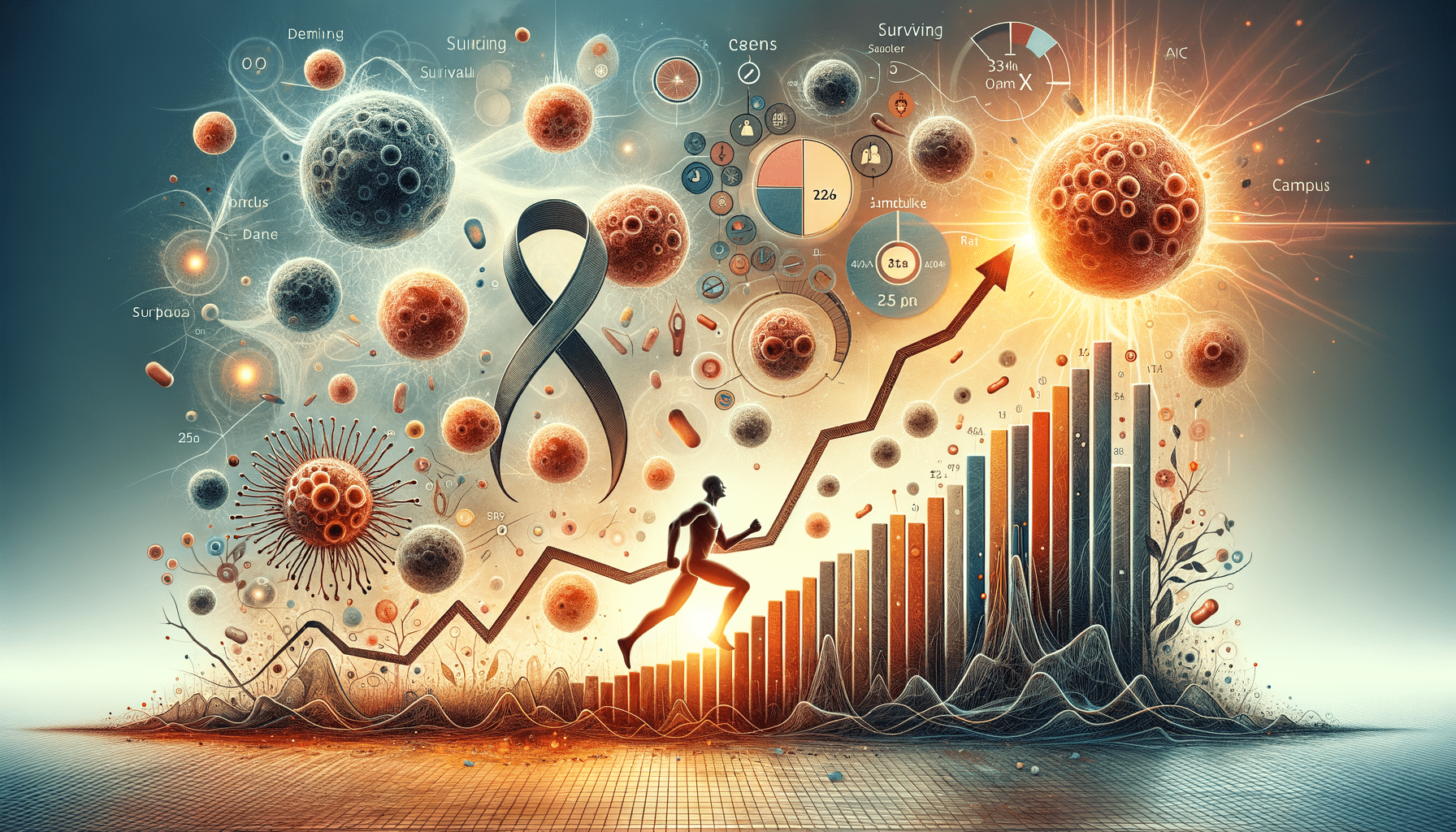
Exploring the Depths: Understanding Depression and Bipolar Disorder
Introduction to Mood Disorders
In the realm of mental health, mood disorders stand as significant challenges that affect millions globally. Among these, depression and bipolar disorder are notably prevalent, each presenting unique symptoms and challenges. Understanding these conditions is essential not only for those diagnosed but also for their families and communities. By delving into the complexities of these disorders, we can foster awareness and support, ultimately improving the quality of life for many.
Depression, characterized by persistent feelings of sadness and loss of interest, can significantly impair daily functioning. Meanwhile, bipolar disorder involves episodes of depression and mania, creating a cycle of emotional highs and lows. Both conditions require comprehensive understanding and management strategies to help those affected lead fulfilling lives.
Understanding Depression: Symptoms and Impact
Depression is more than just feeling sad; it is a pervasive mental health disorder that affects how an individual feels, thinks, and handles daily activities. Symptoms can vary from mild to severe and may include:
- Persistent sad, anxious, or “empty” mood
- Feelings of hopelessness or pessimism
- Loss of interest or pleasure in hobbies and activities
- Decreased energy or fatigue
- Difficulty concentrating, remembering, or making decisions
The impact of depression extends beyond the individual, affecting relationships, work performance, and overall quality of life. It is crucial to recognize that depression is a treatable condition, and with the right support and intervention, individuals can manage their symptoms effectively.
Bipolar Disorder: Navigating the Highs and Lows
Bipolar disorder is characterized by extreme mood swings that include emotional highs (mania or hypomania) and lows (depression). These mood shifts can affect sleep, energy, activity, judgment, behavior, and the ability to think clearly. During a manic phase, individuals may feel euphoric, full of energy, or unusually irritable. Conversely, the depressive phase mirrors the symptoms of depression, leading to feelings of sadness or hopelessness.
Managing bipolar disorder often involves a combination of medication, therapy, and lifestyle changes. Education and awareness are vital for both the individual and their support network, helping to mitigate the impact of mood swings and maintain a balanced life.
Comparing Depression and Bipolar Disorder
While depression and bipolar disorder share some symptoms, they are distinct conditions with different treatment approaches. Depression is a unipolar mood disorder, meaning it involves only depressive episodes. In contrast, bipolar disorder is a bipolar mood disorder, involving both manic and depressive episodes.
Understanding these differences is crucial for accurate diagnosis and treatment. For instance, antidepressants are commonly used to treat depression but may not be suitable for bipolar disorder without a mood stabilizer, as they can trigger manic episodes. Tailored treatment plans are essential to address the specific needs of each disorder.
Conclusion: The Path Forward
Depression and bipolar disorder are complex mental health conditions that require careful management and understanding. By increasing awareness and reducing stigma, we can create a supportive environment for those affected. Encouraging open conversations and providing access to mental health resources are critical steps in supporting individuals on their journey to recovery.
Ultimately, understanding these disorders is not only about treatment but also about compassion and empathy. By educating ourselves and others, we can contribute to a more informed and supportive society, where individuals feel empowered to seek help and live fulfilling lives.


